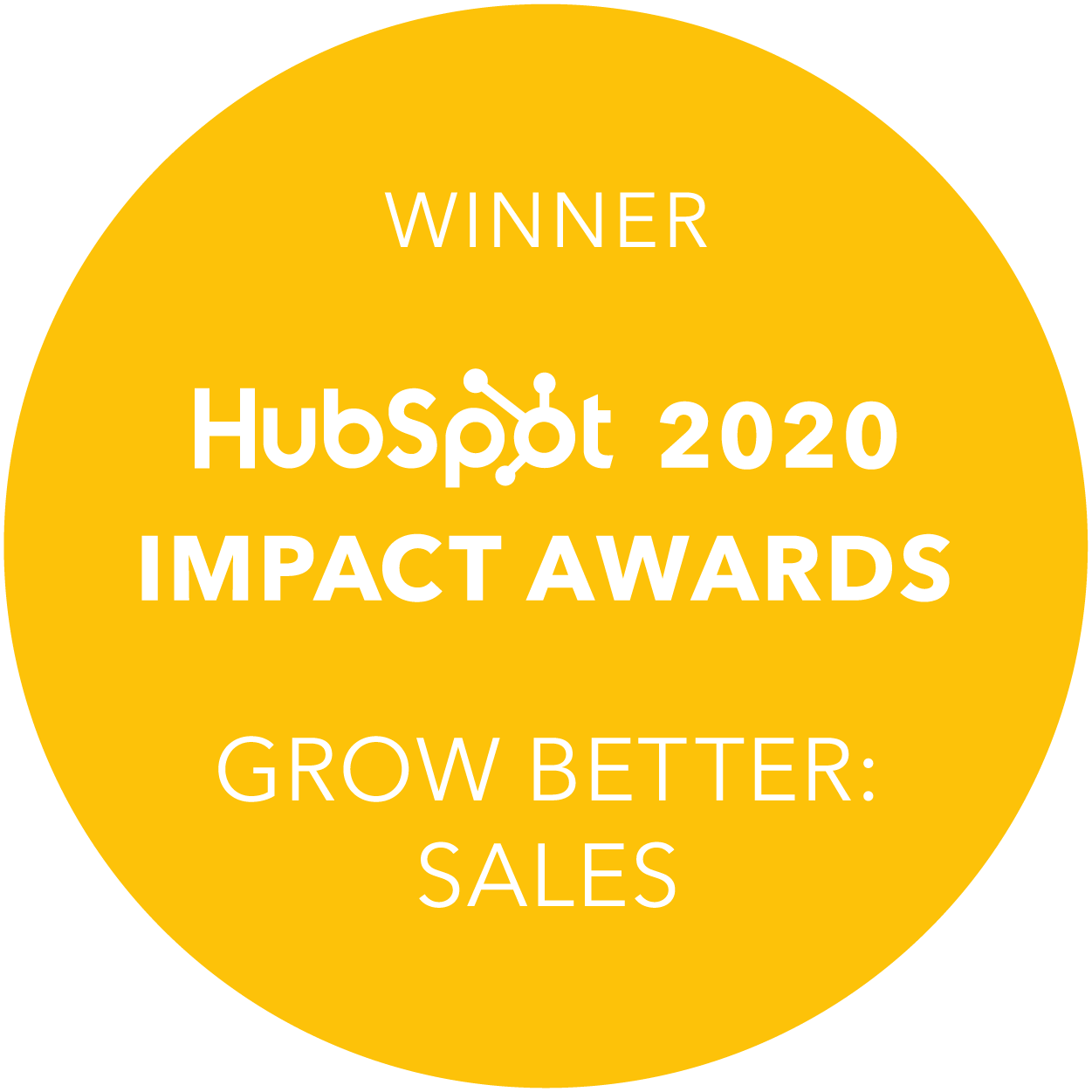CASE STUDY
- Migration of a Microsoft CRM to HubSpot CRM
- Consolidation of three HubSpot CRMs through multiple CRM migrations
Introduction
Our client is a UK-based professional services company with multiple service offerings and several wholly owned businesses. Having previously acquired several businesses, the client was experiencing some inefficiencies to grow and offer more services to their clients.
The client knew that they needed to consolidate data and processes and initiate a project to bring a more holistic approach through several CRM migrations.
Following several discussions and a presented approach for the project, RevM was chosen as the HubSpot Partner to deliver the consolidation project, which consisted of multiple HubSpot CRM migrations. Our skills and experience in CRM migration and complex data mapping matched the client's needs.
Having worked on the CRM migration project together for some months, we quickly moved into a trusted partner relationship where our client said, “We trust you to do the right thing”, whether this was consulting on the most practical and optimal way to consolidate the business data and pipelines or looking to RevM to resolve complex problems with custom HubSpot solutions which were needed in addition to the CRM migrations.
Client Challenges
While many challenges could be defined, the key strategic challenges before the CRM migrations were:
- Unable to strategically work across target accounts to deliver value as customer data was held in multiple systems.
- Unable to get a single view of the sales pipeline across the business.
- Unable to measure “apples for apples” from a reporting perspective as each business had different data and CRM configurations.
- Unable to implement best practice business processes as each business used a different process underpinned by the legacy CRM.
- Unable to get a 360 view of customer interactions.
Why RevM?
Having discussed the project objectives and the challenges ahead, we quickly gave our client the confidence that we had the expertise to execute a complex data strategy when consolidating four CRMs into one HubSpot CRM through a series of CRM migrations.
We demonstrated our significant Sales Ops/Rev Ops and Pipeline experience, which included a strategy to keep the business running while making significant changes.
Our presented approach resonated with the client, and from the outset, there was good alignment and agreement on how to proceed with the CRM migration.
How RevM Responded
Once the commercial agreements were signed, we quickly moved from the approach document into detailed planning, balancing both the business objectives and the practicalities of consolidating four streams of data, configuration and processes into one.
Our plan was created and managed within our project management and collaboration platform so that there was real-time visibility of progress and, of course, a centralised project source of truth, which was incredibly useful for our client.
Throughout the CRM migration process, multiple stakeholders were involved from across the various businesses, and it was essential to bring a cohesive team together to solve issues; after all, our client was moving from a collection of CRMs with disparate configuration and management; therefore, stakeholder engagement was crucial.
At a high level, our approach to consolidation and execute the CRM migration was to:
- Create the ‘to-be’ sales process configuration in HubSpot and align it with marketing for lead scoring, lead routing, and lead handover, including custom objects to assist with multiple lead approaches from different businesses.
- Prioritise the most complex migration and consolidation first; this was the Microsoft Dynamics to HubSpot CRM migration; however, both CRMs were actively in use. Dynamics had several hundred data fields that needed to be mapped, or after discussions with our client, some of the data was discarded as optional.
- To define the strategic data model, we analysed all four source data sets so that data could be mapped, transformed and updated to suit the target HubSpot instance.
- Configure the strategic data model in HubSpot, along with the configuration to suit the ‘to-be’ processes.
- Work through a complex GDPR strategy with our client due to various businesses having different privacy policies, and configure the solution after the CRM migration.
- Once the data model and mapping were completed, we loaded the configuration into our chosen data migration technology platform.
- Our CRM migration process consisted of the following steps; of course, this is repeated for each of the migrations:
- Initial test CRM migration of 100 records and fix any issues
- The second test CRM migration of 100 records to test the results of the first test
- Live migration of data - however, at this point, we could keep the users on the old CRM system while a significant amount of testing (and any required fixes) were completed.
- Once all testing is signed off, it’s time to finalise the date/time/detailed procedure of the live cutover. That can often be 2-3 weeks after the live migration. It is an extremely important process as it minimises business downtime and interruptions. Critically, it enables the business to test and discuss any findings thoroughly.
- The final step is taking the final cut of data from the old CRM back to the point where we did the live CRM migration data cut and migrated that final data.
- We then re-test, and when everything looks correct, we start bringing the new data live on the CRM. This process sometimes requires bulk data updates, some automation to populate HubSpot data based on migrated data, and often (depending on the source data) GDPR configuration applied. This is a system go-live, and typically, the process happens over a weekend and is complete and ready to go on the following Tuesday (as an example).
While progressing the above approach, it was also necessary to do a full HubSpot Enterprise onboarding, including training users and complete knowledge transfer to the new super users.
- RevM entirely led the client through what they needed to do and when.
- RevM led the client through all of the CRM migration process work required not only to migrate & consolidate but also to implement CRM & Sales.
- Our expertise and depth of experience in Sales Operations/RevOps quickly gained traction with Senior Mgmt.
The Results
Following the CRM migration, our client has received a generally positive user experience from users. With all client and prospect data in one central CRM, it is now easier than ever to instantly get a 360-degree view of a contact or company, not to mention a full view of the sales pipeline across all businesses.
Our client is now able to create strategic account plans across the business as well as standardising best practice operational processes.
Reporting is straightforward, measuring ‘apples for apples’ across businesses despite the nuances of each business.
Less IT overhead, with just one centralised HubSpot platform.
Get in touch to discuss your HubSpot CRM migration with us, we’d be happy to have a very open conversation with you to help you with the planning of your project.

.png?width=200&height=67&name=RevM%20Digital%20Marketing%20Agency%20Woking%20Surrey%20(1).png)




